Let’s face it, we Irish aren’t exactly champions for activity holidays. In multitudes, we opt for a coast-hugging, Mediterranean breaks – neatly confining our exertions within a well-worn triangle defined by pool, pub and pension. By day three of such a holiday, however, do you find yourself sitting up restlessly on your lounger, gazing at the same languid, lobster-red bodies as yesterday and wishing for something – anything – to happen? And when it is time to go home, do you feel more fatigued than fortified?
Perhaps the answer lies in widening your exercise triangle on a trekking holiday. Aside from the obvious health-boosting dividend, the main attraction is the variety. Fraternising with the familiar is never an option as each day offers new terrain, new challenges and new vistas. And evenings come with a rewarding tiredness and time to ritualistically dissect the ups and downs of the day over a hearty meal.
Polish the boots and head off on a trekking break at one of the locations below this autumn. Further details of walks and accommodation are available in local tourist offices. Remember, however, to stick to tracks until you gain experience, and visit the local museum if the weather is bad.
Fort William, Scotland
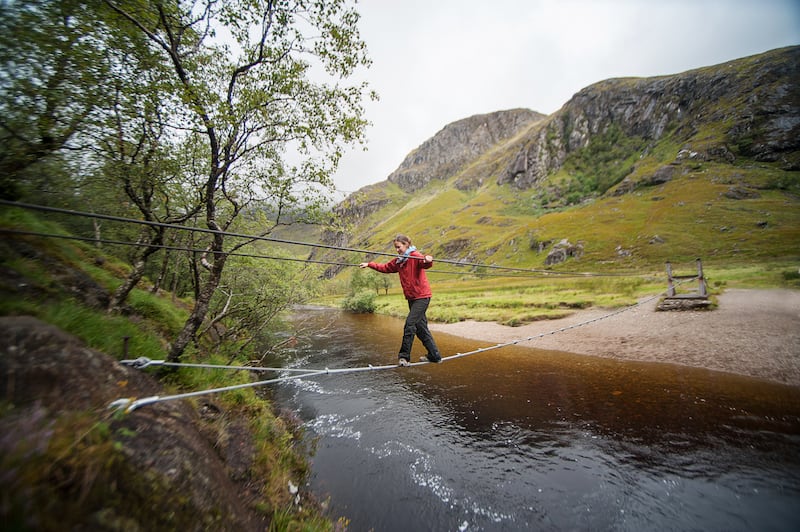
People come again and again to Fort Bill (as it is known by regular visitors), not to sample the rather nondescript town but for the surrounding countryside, which offers everything walkers dream of, from easy rambles to rocky scrambles. It’s a bigger, wilder version of Ireland’s southwest.
READ MORE
Autumn in the Highlands is when the landscape blazes with colour and the bloodthirsty Scottish midge relents. Many come to claim nearby Ben Nevis, the highest mountain on these islands. Given the right attire and luck with the weather, this can be achieved with surprising ease when the deep snows of the previous winter have disappeared. Follow the Victorian pony track, which leads strenuously, but without other difficulty, from Glen Nevis to the summit in about four hours.
For those seeking to get almost as high while economising on perspiration, the Nevis Range cable car (8.04km north of the town) offers an easy ascent of 700m to abundant way-marked walks within striking distance of the 1,200m summit. Here there are stunning views, especially of the great northern cliffs on Ben Nevis.
A great lower-level walk is through the renowned Glen Nevis. At the end of the glen, follow a spectacular gorge to a breathtaking hanging valley with a magnificent waterfall, accessed by a vertigo-inspiring wire-rope bridge. Return by the same route, or continue back to Fort William in five hours along the West Highland Way.
Getting there
There are flights with Aer Lingus and Ryanair from Dublin to Glasgow and Edinburgh, while Ryanair offers flights from Shannon, Belfast, Knock and Cork to Edinburgh. The little trains of the West Highland Railway take almost four hours to reach Fort William from Glasgow, but the stunning Highland scenery is guaranteed to keep boredom at bay. If you intend hiring a car, it is better to use Edinburgh Airport as opposed to Glasgow for a less congested road journey.
Lake District, England
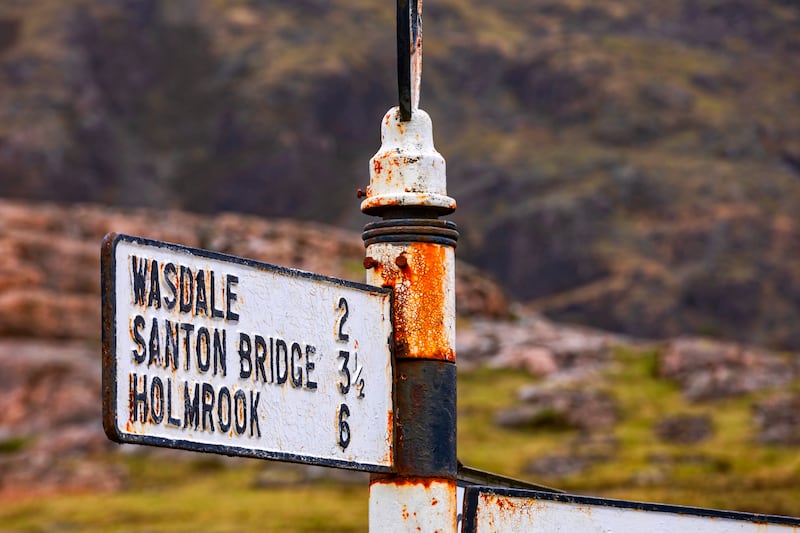
Imagine Ireland’s most scenic mountains, valleys and lakes transported to Co Laois. Then envisage them rearranged so that they merge in harmony. Now you appreciate the sublime beauty of the Lake District that has attracted poets, painters and fell-walkers for two centuries to a postcard-perfect patchwork of fells, tarns, becks and dales.
Whether you prefer a leisurely walk or strenuous hike, there are routes for everyone. A must-visit is Wasdale, “the grandest valley in the Lakes”, which offers England’s highest mountain, deepest lake and tiniest church. For peak baggers, the shortest ascent to England’s roof (Scafell Pike) begins here and takes about four hours. On a clear day, the summit panorama offers a symmetry of hills, valleys and lakes with names to die for: Buttermere Fell, Pike of Stickle, High White Stones, Sprinkling Tarn, Hard Knott and Great Gable. Probably the finest outing in the Lakes is the Helvellyn Horseshoe above Patterdale, while less challenging but equally scenic is the hike up Catbells. Easy walks through Langdale and around Buttermere Lake are also outings not to be missed.
Getting there
Stena Line and Irish Ferries offer car ferry sailings from Dublin Port to Holyhead, where the Lake District is about a 3.5 hour drive. To halve the time spent on road, take the P&O ferry from Dublin to Liverpool.
Chamonix, France
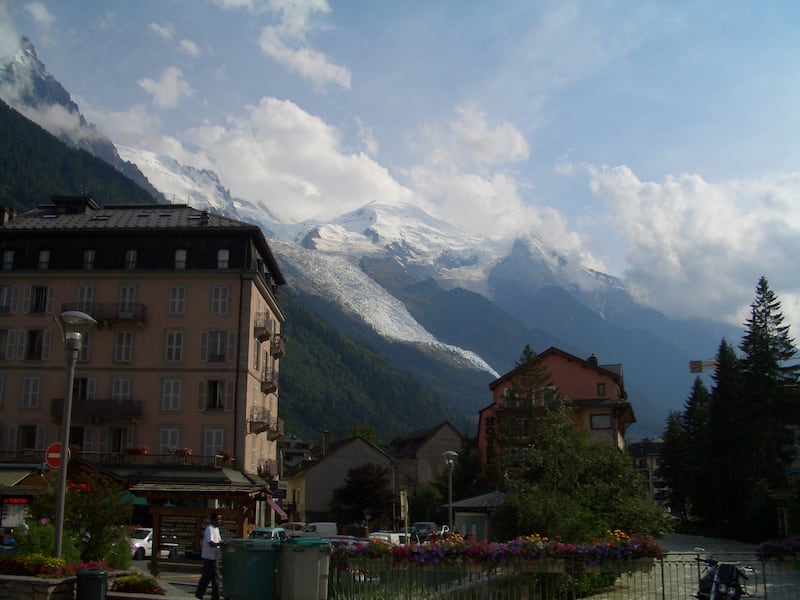
Each summer, thousands of thrill seekers descend on Europe’s adventure capital. They come not just to bag Mont Blanc but also to tackle Chamonix’s dizzying rock faces, paraglide, ski or bike from its summits and canyon its river torrents. But, Chamonix has more to offer than hard-core adventure. In autumn, lower prices bring walking enthusiasts to enjoy virtually unlimited opportunities for pulse-raising rambles on 300km of trails conveniently accessed by a network of cable cars.
Outstanding is the Grand Balcon Sud, offering superb high-altitude walking and unforgettable views of snow-capped mountains. More committed trekkers, preferring a multiway outing, can tackle the Tour du Mont Blanc. This walk circles the queen of the Alps at relatively low level in a memorable eight days.
A clear day is required for the holiday highlight. From the Aiguille du Midi cable station, you are assumed seamlessly to a breathtaking 3,842m before being decanted to a vista offering a prospect over clutches of eye-wateringly white peaks.
In the evening, Chamonix also weaves a spell as thrill seekers, hikers and holidaymakers descend on the town’s cosmopolitan streets in search of le bon temps that occurs abundantly among the terrace cafes, lively bars and chic nightclubs.
Getting there
The easiest route to Chamonix is to fly from Dublin to Geneva with Aer Lingus or Swiss. Rail travel from Geneva Airport involves two changes and takes more than three hours. A better alternative is sharing a pre-booked mini-coach transfer with other Chamonix-bound arrivals. Details of companies offering this service are available at chamonix.net.
Zermatt, Switzerland
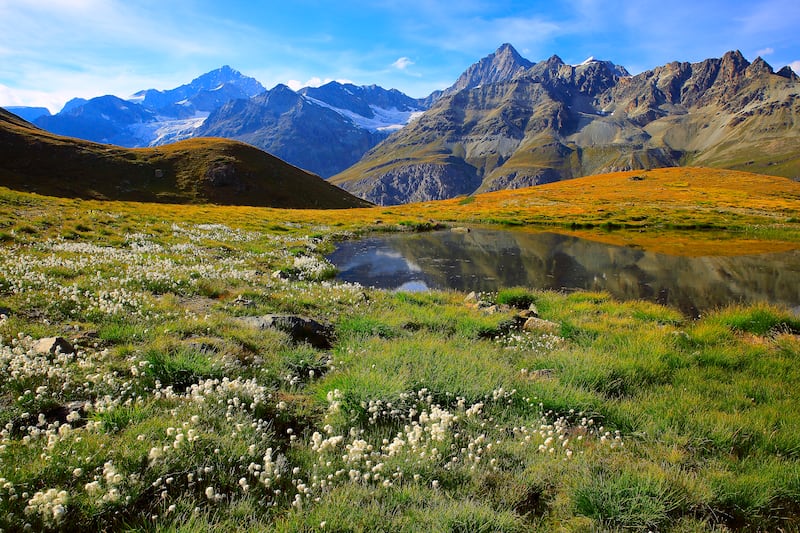
For almost two centuries, Zermatt has attracted outdoor lovers drawn by its picture-perfect location and car-free streets. A centre for more than 400km of waymarked trails meandering beneath mighty snow-capped peaks, its most popular hike heads to the base of the area’s showpiece, the Matterhorn.
Take a cable car to Schwarzsee and hike 2.5 hours to the splendid viewpoint of the Hornli Hut – the launch point for most Matterhorn accents. Another almost obligatory outing is the cable car to the Matterhorn Glacier Paradise. The highest point in Europe reachable by mechanical means, it offers views over three countries and 38 Alpine peaks. Adventurous souls can bag one of the nearby Alpine peaks from here. Most accessible is the 4,164m Breithorn which takes less than four hours. You will need to hire a guide, however, as the route crosses a beautiful but crevassed glacier.
Afterwards, for an easier half-day, take the funicular railway and cable car to Blauherd and follow the walk downhill to Sunnegga, passing by five superb mountain lakes en route.
Getting there
A direct flight from Dublin to Zurich, with Aer Lingus or Swiss. Then, take a train south to Brig and change trains for Zermatt.
Sierra Nevada, Spain
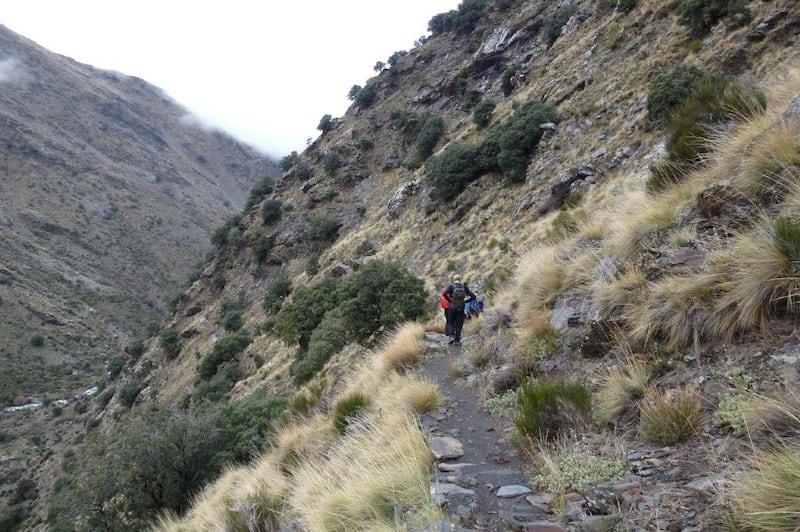
A busy ski destination in winter, the Sierra Nevada transform into a walker’s paradise in summer and autumn. On the gentler south side of the range the Alpujarras – the last outpost of Moorish culture in Europe – offer walking among lemon groves, river valleys and eye-watering white villages.
The many trails leading from the high Alpujaran village of Capileira are a nice introduction, with a good start being the 2.5-hour downhill hike to Pampaneira. Above Capileira is Hoya del Portillo, the start point for a demanding 10-hour hike to Mulhacén, the highest mountain in mainland Spain.
Those who would like to get almost as high with lesser effort can tackle Pico de Veleta – the second-highest peak in the Sierra Nevada. From the parking at Hoya del la Mora, a bus servicing one of Europe’s highest roads takes you to the trailhead. Here, it is only a 300m hike to the summit, which offers extravagant views all the way to Africa.
Getting there
The most convenient airport for Irish people travelling to the Sierra Nevada is Malaga, with direct flights from all of Ireland’s main airports. From here, the least expensive and most flexible option is to hire a car, since public transport is limited and relatively infrequent in the upland areas.
Bled, Slovenia
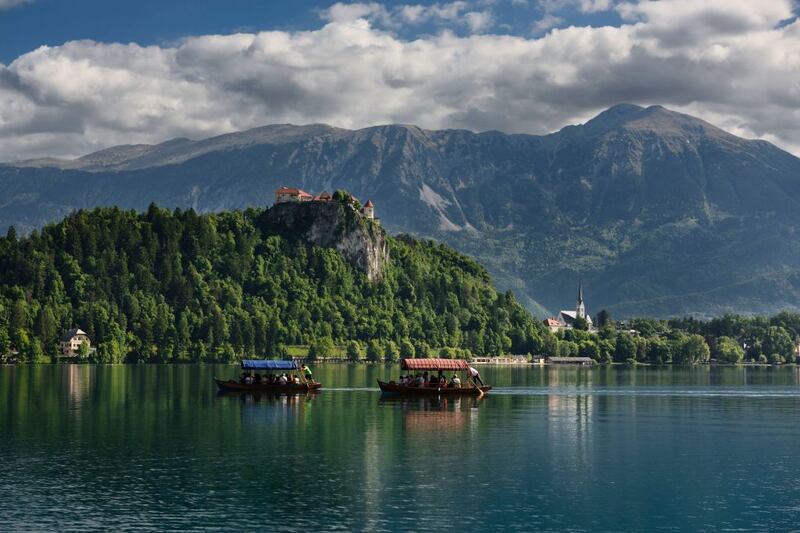
Slovenia lies on the transition between the east and west of Europe. Rising above the lakeside town of Bled, the Julian Alps are hauntingly beautiful and dramatic, yet accessible in summer and autumn to anyone with a decent pair of boots. All levels of walking are available from a gentle two-hour stroll around the lake, to a tough two-day climb of Triglav (2,836m), the highest mountain in Slovenia.
Great walking also lies 30km southwest of Bled in the less commercial Bohinj area. Before trying one of the many high-level walks in the area, a good start is the circuit of Lake Bohinj with a diversion from the south shore to enjoy the sylvan serenity of the Savica waterfall. Then continue along a switchback trail to reach the summit of Komarca, renowned for its stunning lake views.
Getting there
There are currently no direct flights from Ireland to Slovenia. The easiest access at present is to fly with Ryanair to the Italian city of Trieste, and then hire a car for the 1.5-hour drive to Bled. Another option is to take the train to Ljubljana, the Slovenian capital, and then a bus to Bled.



















